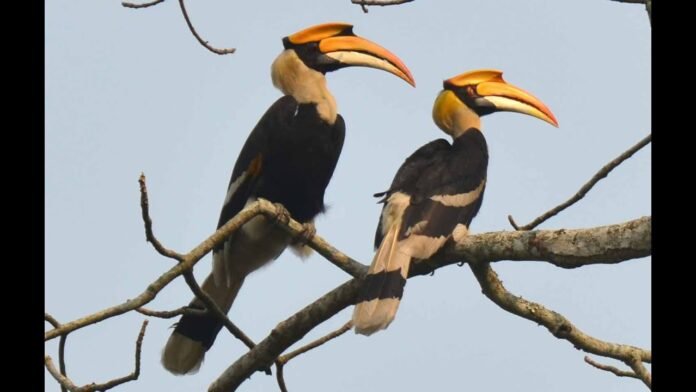For enhancing conservation efforts, residents in the vicinity of Kaziranga National Park will actively participate in bird counting. This community-driven approach marks a transformative step in wildlife monitoring, allowing local residents to contribute firsthand to the protection and preservation of the park’s rich avian biodiversity.
The decision to involve residents in bird counting reflects a collaborative strategy that recognizes the invaluable role local communities play in safeguarding natural habitats. By actively engaging residents, authorities aim to foster a sense of ownership and responsibility towards Kaziranga National Park, creating a collective commitment to its ecological well-being.
Bird counting, a crucial aspect of wildlife monitoring, provides essential data for assessing the health and diversity of avian populations in the park. The inclusion of residents in this process not only expands the monitoring network but also promotes environmental awareness and education within the local community.
This participatory approach aligns with broader conservation goals, acknowledging that the preservation of biodiversity requires a collective effort. By empowering residents to contribute directly to bird counting, Kaziranga National Park not only taps into local knowledge but also builds a bridge between conservation authorities and the communities living in proximity to the park.
More About It
The initiative also serves as a means of instilling a deeper appreciation for the avian species inhabiting Kaziranga National Park. Residents actively involved in bird counting gain firsthand insights into the diverse birdlife within their surroundings, fostering a stronger connection to the natural heritage of the region.
Furthermore, the community-driven bird counting initiative promotes a sense of environmental stewardship among residents. As they actively participate in the monitoring process, local communities become integral partners in the ongoing conservation efforts, ensuring the sustained ecological balance of Kaziranga National Park.
Moreover, the decision to involve residents in bird counting at Kaziranga National Park is a progressive step towards community-driven conservation. By actively engaging the local population, authorities are fostering a collaborative approach that not only enhances wildlife monitoring but also nurtures a shared responsibility for the protection of the park’s avian biodiversity. This initiative stands as a testament to the power of community involvement in safeguarding natural ecosystems.


